How Does the Thickness of Cotton Bale Wrap Film Affect Protection
2025-05-22
The thickness of cotton bale wrap film plays a crucial role in determining its protective performance during storage, transportation, and handling. Generally, thicker films offer enhanced durability and resistance, while thinner films may be more cost-effective but less robust. Here’s how thickness impacts protection:
-
Puncture & Tear Resistance
Thicker films (typically 25–50 microns or more) provide better resistance against punctures and tears caused by sharp edges, rough handling, or compression during stacking. Thinner films (below 20 microns) are more prone to damage, increasing the risk of exposure to moisture, dust, and contaminants. -
Moisture & Dust Barrier
A thicker film improves sealing efficiency, reducing the risk of moisture absorption, which can lead to mold or mildew. It also prevents dust and dirt from penetrating the bale, maintaining cotton quality. -
UV Protection & Weather Resistance
Thicker films often include UV stabilizers and offer better protection against prolonged sun exposure, preventing degradation and fiber damage. Thinner films may break down faster under harsh weather conditions. -
Load Stability & Compression Strength
Thicker films help maintain bale shape during transit, reducing loosening or deformation. They also withstand compression forces better when bales are stacked. -
Cost vs. Protection Trade-off
While thicker films provide superior protection, they are more expensive. Users must balance cost with required durability based on storage duration and transport conditions.
You Might Also Like
-
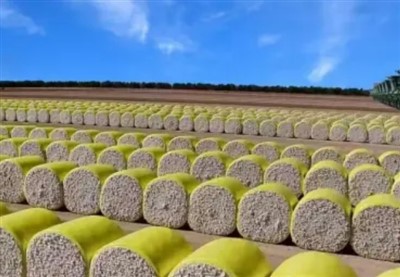
what are the advantages of cotton packaging film
-
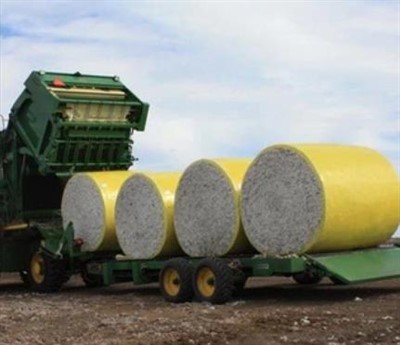
The Advantages of Cotton Wrap Film
-
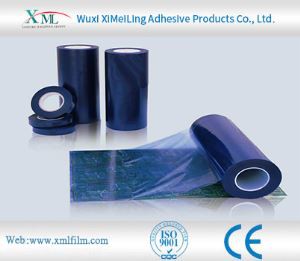
How does pe protective film cope with high temperature environment
-
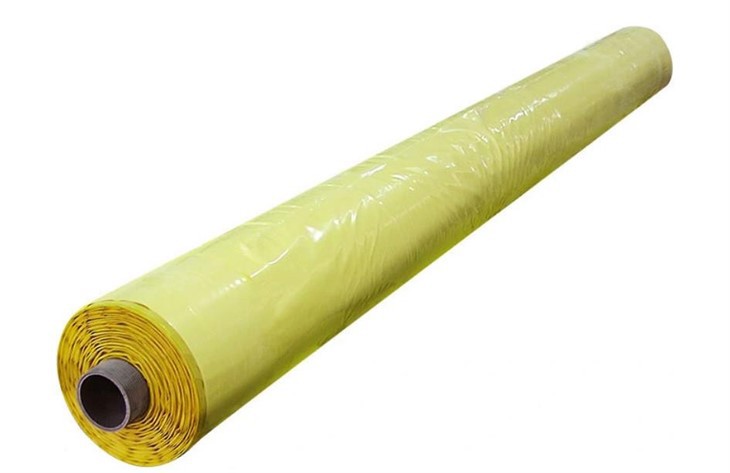
Advantages of Cotton Bale Wrap Film
-
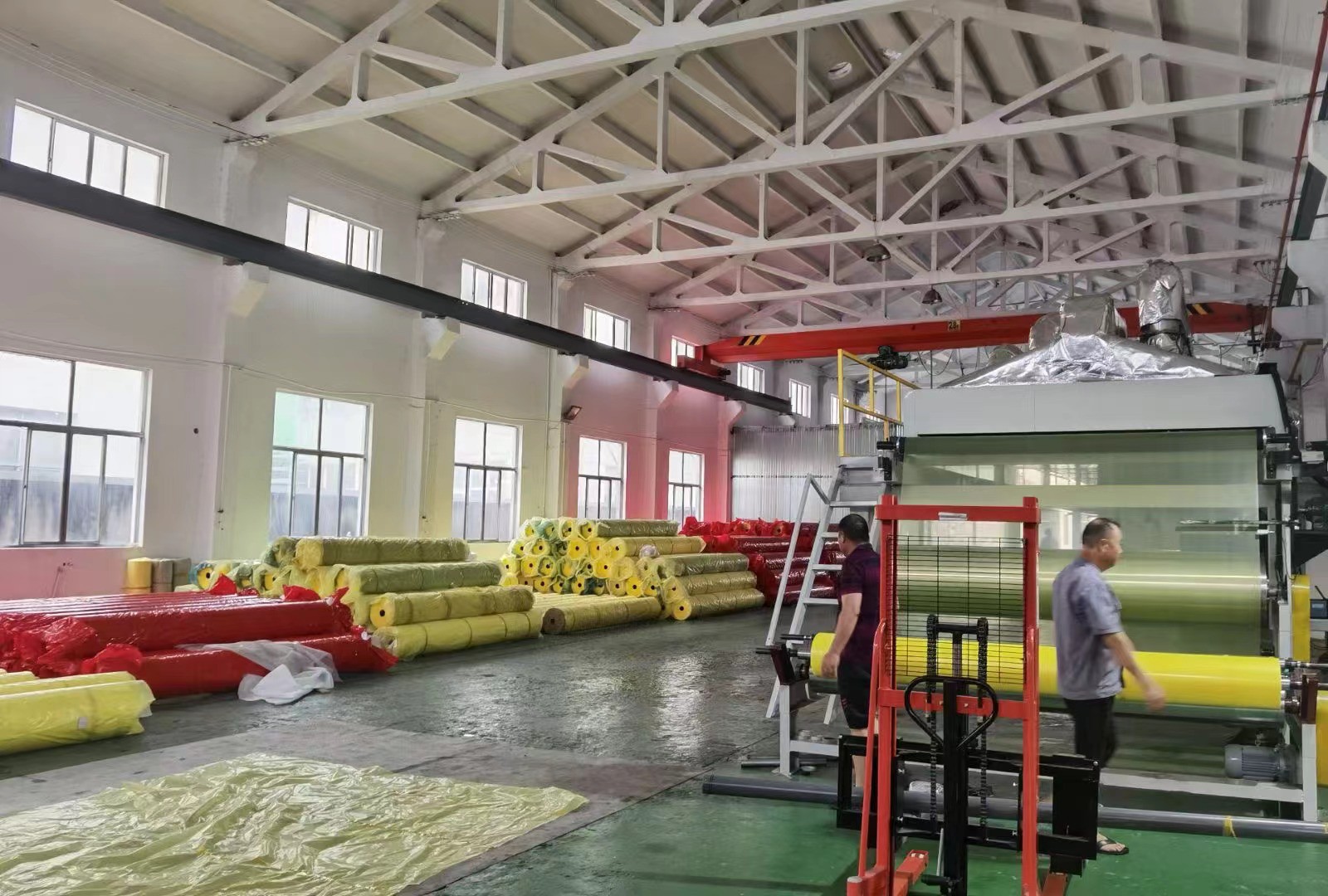
Storage method of cotton bale wrap film
-
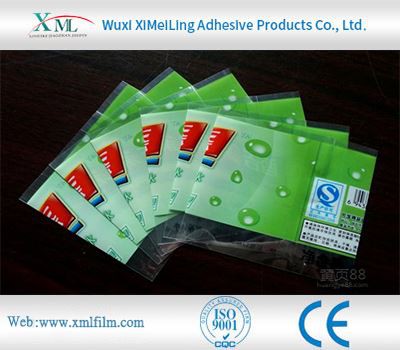
How Polyethylene Packaging Material Copes with High Temperature Environment
